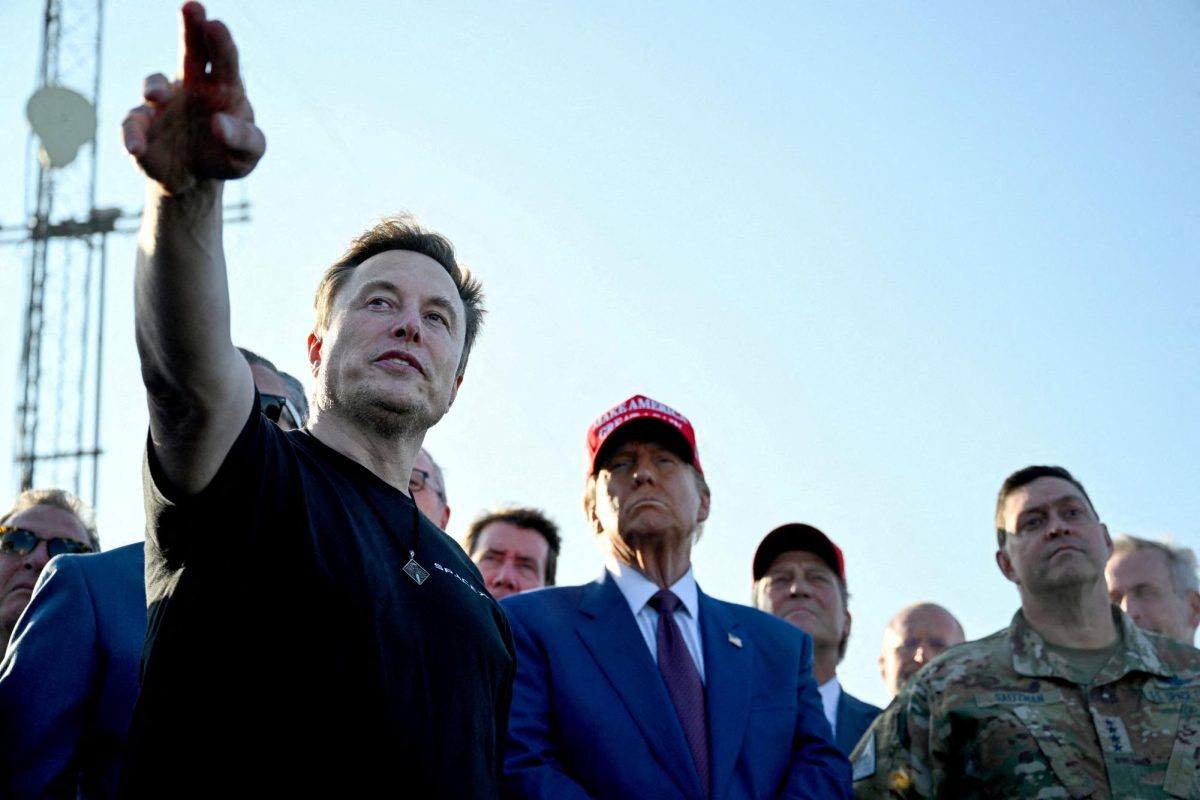As private spaceflight CEO Elon Musk takes on a powerful new role in Trump’s White House, he has the potential to either drastically bolster or completely kneecap America’s future in space. Unfortunately, the latter seems more likely.
As of this publication, according to SpaceNews, the administration’s leaked plans to lay off over 1,000 NASA employees on February 18 had not come to pass. But the agency faces an uncertain future, and may lose a projected 10% of its workforce between layoffs and the roughly 750 employees who recently took buyouts through Trump’s Deferred Resignation Program.
Meantime, NASA is more ready than ever to use Starship, the spacecraft and rocket made by Musk’s aerospace corporation SpaceX. Is it really the best option?
In the wake of several successful flight tests of Starship, and the launch of the Europa Clipper Probe to Jupiter on a SpaceX Falcon Heavy rocket, NASA has reaffirmed its commitment to SpaceX, continuing to push ahead for using the lunar variant of Starship for the Artemis 3 mission. Artemis 3 will be the first crewed lunar landing since 1972 under the Artemis Program. But some analysts are wondering whether this is the best way forward for the program.
Let’s look at the facts. In a statement in 2023, the assistant deputy associate administrator in NASA’s Moon to Mars Program Office, Lakiesha Hawkins, claimed that the Starship Human Landing System (the variant of Starship designed to actually land on the moon) would need to refuel in orbit up to 19 times before being able to actually travel to the lunar surface.
Given the already-beleaguered Artemis Program’s repeated failure to adhere to the deadlines and benchmarks set out for it, this would only exacerbate delays, pushing back a landing even further.
This doesn’t even consider the fact that on-orbit propellant transfer of this scale is (as of this writing) untested, and would need a significant period of development to make it work with such immense volumes of fuel.
Of course, Starship HLS has its upsides. As the largest lander design by far, it has an immense payload capacity and crew space, which could allow it to be the workhorse of future lunar industrialization projects. It is also designed to be a reusable platform that will dock with the planned Lunar Gateway station.
What about the base variant? Starship itself has proven to be flightworthy and fully recoverable. It promises to be able to take up to 150 tons of cargo into low Earth orbit, with refueling, and 100 tons to the Moon and Mars, if SpaceX’s claims are to be believed. This would be a valuable tool in any space program’s arsenal when they want to engage in large-scale orbital construction projects. Put simply, the basic version of Starship would work very well as a way to launch lots of stuff to Earth orbit. Sending things beyond this would be a bit more complicated.
Obviously, the actual vehicle is only a piece of a larger puzzle. SpaceX, or more accurately, founder Elon Musk, continues to generate heaps of negative news, regarding himself, his opinions, and who he allies with. While in a vacuum this would hardly be noteworthy, what is noteworthy is that SpaceX is the sole provider of human orbital launch services in America, and is also involved in several Department of Defense and US Space Force launches concerning national security.
Then there’s Musk’s self-appointment to the “Department of Government Efficiency,” where he has spent the early weeks of the new presidency slashing government jobs to reduce spending. Since SpaceX has government contracts, this presents a major conflict of interest – to say nothing of Musk’s brazenly fascistic behaviors and beliefs, which have been on full display since Trump took power. Given everything we know about the man behind SpaceX, are we sure this is the person to whom we want to entrust a significant portion of our space infrastructure?
Something else to consider is NASA’s current moon rocket, the Space Launch System (SLS). While it has performed a successful mission already – Artemis I in 2022 – it also has a share of major issues. According to Ars Technica space analyst Eric Berger, these may be enough for NASA to cancel the rocket entirely. Like many government projects, SLS is over budget, behind schedule, and has become something of a tool used by members of Congress to point out flaws in their opponents’ budgetary programs. Obviously this is not good, as lunar missions (or high volume low-orbit missions) require a launch vehicle of sufficient size, and right now, SpaceX is the only other group in America that has such a design.
While NASA relies solely on SpaceX to access the International Space Station and perform most of its satellite launches, there are alternatives, each with their own pros and cons. The other main competitor in the Billionaire Space Race is Jeff Bezos’ Blue Origin, which has also been selected by NASA to construct a Human Landing System for Artemis missions. This lander would be considerably smaller, and use a much simpler flight plan than Starship.
The New Glenn rocket boasts a payload capacity approaching that of Starship and also promises first-stage reusability. An upcoming competitor in the crew launch area is the Sierra Nevada Corporation, who is currently in the process of acquiring United Launch Alliance, which will grant the company access to its venerable array of rockets. Sierra Nevada’s main product is the Dreamchaser spaceplane, which is intended to act as an alternative to SpaceX’s Dragon 2 capsule.
Do we want corporations to have this much power over a government agency? I think NASA’s privatization efforts in the late 2000s were a massive misstep. They gave Musk too much power – even before he started DOGE.
Then again, has it ever not been this way? Before SpaceX and Blue Origin, there were aerospace & defense companies Lockheed Martin, Northrop Grumman, and McDonnell Douglas. NASA has always been subject to the whims of their corporate contractors, as has a significant part of the government as a whole. That doesn’t mean this arrangement is a good thing – far from it. But it gives more context to the situation NASA finds itself in.
Alas, we’re damned if we do, and damned if we don’t. Starship is a vehicle that, while carrying several benefits, also has many glaring flaws that SpaceX and NASA are all too willing to overlook. On the other hand, SLS is behind schedule and far beyond its original budget. It also fulfills a critical role in the Artemis Program that, if it were to be canceled, would be difficult to fill in a reasonable timeframe, which would set the program back even further.
Currently, Artemis 3 is scheduled to land sometime during mid-2027. But in keeping with NASA tradition, it may very well be delayed further. As much as it hurts to say, American space development has reached a disappointing plateau, one we can only hope is temporary.














![How Freestyle Club Began [Podcast]](https://thequakerquill.org/wp-content/uploads/2025/05/charly-alvarez-Jv9untmB7G4-unsplash-1200x800.jpg)








![What makes you feel good about yourself? [Podcast]](https://thequakerquill.org/wp-content/uploads/2025/10/madison-oren-uGP_6CAD-14-unsplash-1200x800.jpg)




![A Phone Ban at Friends? [Podcast]](https://thequakerquill.org/wp-content/uploads/2025/05/magenta-VrRT19_ZjUY-unsplash-1200x900.jpg)




